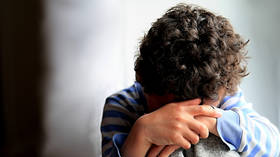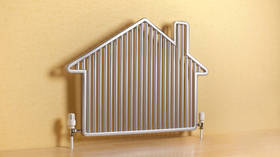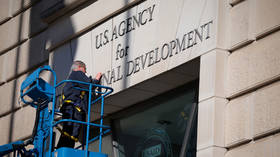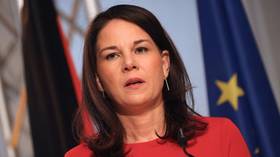Grim consequences of child poverty revealed

Rising child poverty in England contributes to the increase in the number of kids going into care, Liverpool University researchers said in a paper published in the June edition of Lancet Public Health.
They compared data from the Department for Work and Pensions and HM Revenue & Customs on the number of children in low-income families with Department for Education data on rates of children entering care.
According to the report, between 2015 and 2020, 8.1% of the total number of children entering care “were linked to rising child poverty, equivalent to 10,351 additional children.” The estimated additional costs for councils amounted to £1.4 billion, the paper said.
“We report evidence that rising child poverty rates might be contributing to an increase in children entering care. Children’s exposure to poverty creates and compounds adversity, driving poor health and social outcomes in later life,” the report said.
The researchers explain that while over the past two decades, child poverty rates have fallen and risen again, from 2014 they have been rising, and in 2020 reached 23%.
“There has been a steep rise in the rate of children in state care in England, from a low of 53 per 10,000 children in 2008, to 67 per 10,000 children in 2020 – a rise of 26%,” the paper reads.
The authors also note the “vast inequalities across England,” providing as an example the 2020 child poverty rates in the northern town of Middlesbrough, and the affluent residential district Richmond upon Thames in London: 39% compared with 7%.
The researchers say “national anti-poverty policies are key to tackling adverse trends in children’s care entry in England.”
These findings follow an independent review of children’s social care, which was published last month, and issued a stark warning for the government.
“Without a dramatic whole system reset, outcomes for children and families will remain stubbornly poor and by this time next decade there will be approaching 100,000 children in care (up from 80,000 today) and a flawed system will cost over £15 billion per year (up from £10 billion now),” it said.
The authors of the review provided several recommendations for the government and the local authorities, which include an improved system of early intervention, as well as targeted multidisciplinary help for poor families.
The UK government insists it is taking measures to address poverty and child deprivation. As quoted by the BBC, a government spokesman said that Chancellor Rishi Sunak recently announced a new £15 billion package, which brings the total cost of living support to £37 billion this year.
“We have provided £6 billion in additional funding for councils to address pressures arising from the pandemic such as children’s social care, ensuring the most vulnerable children and families have access to this extra support,” he said.














